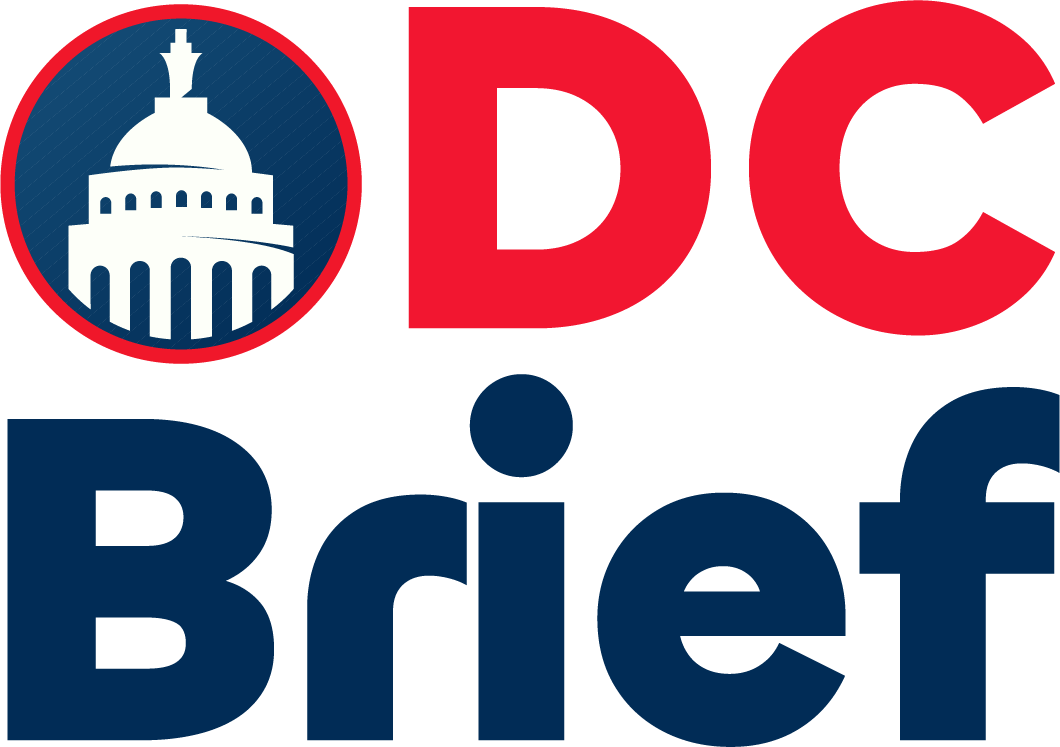The US tax changes included in President Donald Trump’s “big beautiful bill” are set to reshape the financial landscape in 2025. Financial advisors and tax professionals are still analyzing the wide-reaching implications for millions of Americans.
The bill, which became law earlier this month, introduces several adjustments that will directly impact tax returns filed in 2026. While the Trump administration highlights “working family tax cuts,” experts emphasize that the effects vary significantly depending on individual circumstances.
“There are just so many moving pieces,” said Jim Guarino, a certified financial planner and managing director at Baker Newman Noyes. He also noted the added complexity for clients navigating the changes.
The new US tax changes focus on providing relief for middle-income families. They include adjustments to standard deductions, child tax credits, and income thresholds for various tax brackets. Additionally, some provisions aim to simplify filings for small businesses and self-employed individuals.
However, financial professionals warn that certain updates could introduce unexpected challenges. For example, the phase-out limits for deductions and credits may leave higher-income households facing larger tax bills. Similarly, business owners must understand the revised rules for pass-through income and depreciation schedules.
The bill also modifies retirement savings incentives. Contributions to certain retirement accounts may now offer different tax advantages, requiring individuals to revisit their long-term planning strategies. Advisors recommend reviewing portfolios and tax plans before the end of the year to stay ahead of potential surprises.
Analysts believe the US tax changes represent one of the most comprehensive reforms in recent years. They argue the legislation could have far-reaching effects on economic behavior, household spending, and small business investment.
Tax professionals encourage taxpayers to seek expert guidance to understand how the updates will apply to their unique situations. Early preparation remains key to minimizing potential liabilities and maximizing available credits.
As implementation begins, many Americans await further clarification from the Internal Revenue Service on how specific provisions will be applied. Advisors stress that proactive planning will help individuals and businesses adapt more smoothly to the new rules.
For more business news, visit DC Brief.


